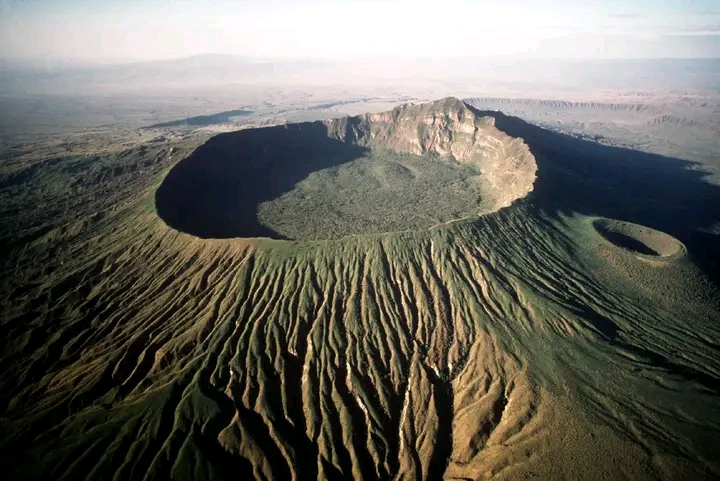Chasing Hooves: Experiencing the Great Migration in Maasai Mara
The Great Migration in the Maasai Mara is a living spectacle of survival and movement, with millions of animals crossing vast plains and dangerous rivers. This guide offers a practical approach to witnessing one of nature’s most thrilling events, blending immersive adventure with essential advice for your journey.
Start Early to Catch Action
Game drives begin at dawn when animals are most active. Early starts increase chances to see the migration crossings and predator activity before the heat climbs.
Wear Ready-for-Anything Footwear
Uneven, dusty terrain and occasional riverbank hikes require shoes with solid grip and durability to navigate safely and comfortably.
Stay Hydrated and Protected
The Mara sun is unforgiving. Bring refillable water bottles, sunscreen, wide-brimmed hats, and light clothing to shield from heat and UV rays.
Respect Wildlife Boundaries
Keep a safe distance and listen to your guides to ensure both your safety and the well-being of animals mid-migration. Avoid loud noises or sudden movements.
Chasing Hooves: Experiencing the Great Migration in Maasai Mara
The Maasai Mara in Narok, Kenya, is where nature’s relentless pulse comes alive as the Great Migration unfolds. Each year, over a million wildebeests, zebras, and gazelles surge across the plains in a cycle driven by survival and season. Witnessing this spectacle is more than sightseeing—it’s engaging with a force fiercely itself, pushing forward through rivers that dare their crossing and savannahs that stretch endlessly under the vast African sky.
To experience the Migration firsthand, prepare for early mornings and endless horizons. Game drives are the key—vehicles roll over dusty tracks, navigating termite mounds like wild outposts. The terrain is mostly flat grassland, occasionally punctuated by acacia trees casting sparse shadows that flicker with movement. Expect rough paths that can jostle the unprepared; sturdy footwear and a steady hand for camera gear are essential.
Planning your visit around July through October captures the iconic river crossings, where crocodiles lurk in the Mara River, and hooves pound a thunderous rhythm. These moments, charged with tension and beauty, are the peak of the Migration’s story. Yet, timing is everything. Arrive during the dry season for reliable sightings and comfortable travel conditions, but be ready for sun-soaked days demanding hydration and sun protection.
The Maasai Mara ecosystem is ancient and alive. The roar of lions, the sharp eyes of Maasai warriors guarding cattle, and the whisper of grasses swept by wind create a layered sensory experience. While the wildlife puts on the show, local guides provide essential insight—sharing not only animal behavior but the cultural heartbeat surrounding this event.
Practical tips matter. Carry water in reusable bottles, dress in layers for sudden weather shifts, and pack binoculars alongside cameras to catch details the eye might miss. Respect the space of wildlife; the Migration commands respect, not dominance.
Ultimately, witnessing the Great Migration in the Maasai Mara is stepping into a dynamic, lived landscape—one that reveals resilience, raw life, and nature’s relentless drive. It’s an adventure anchored in reality but fueled by wonder, making the Maasai Mara an indispensable destination for any traveler eager to feel deeply connected to the planet’s wild pulse.
Nearby Trips
All Adventures
Boat Charters
Water Activities
Adventures near Narok
Discover the unique and memorable adventures that make Narok special.
Frequently Asked Questions
When is the best time to see the Great Migration in the Maasai Mara?
The best time is between July and October during the dry season when the wildebeests and zebras cross the Mara River. This is when river crossings—one of the migration’s most dramatic events—occur.
How long do game drives typically last in the Maasai Mara?
Game drives usually run for 4 to 8 hours, often starting early in the morning to catch the most active wildlife behavior and continuing until late afternoon.
Are guided game drives necessary to see the migration?
Yes, guided game drives are recommended. Experienced guides know animal patterns and terrain nuances, greatly increasing your chances of spotting migration highlights safely.
What kind of terrain should I expect in the Maasai Mara during the migration?
Expect mostly flat grasslands with patches of acacia trees, dusty roads, and uneven grounds near riverbanks. Some short hikes or walks may be involved near crossing sites.
How should I prepare for the intense sun and heat?
Wear sunscreen, a wide-brimmed hat, and light, breathable clothing. Carry plenty of water and take breaks in shaded areas during long game drives.
Is it safe to get close to animals during river crossings?
No, getting too close can disturb the animals and is dangerous. Always follow your guide's instructions to maintain a safe distance.
Recommended Gear
Binoculars
Crucial for spotting distant wildlife and river crossings without disturbing the animals.
Wide-brimmed Hat
Protects from the strong sun during long hours outside, especially critical in the dry season.
Lightweight Long-sleeved Shirt
Keeps you cool while shielding your skin from sun and insects.
Camera with Telephoto Lens
Captures close-up action of wildlife and dramatic migration scenes without getting too close.
Local Insights
Hidden Gems
- "Talek River viewpoint offers less crowded perspectives on migration crossings."
- "Mara Triangle's western region is less visited and hosts quieter predator encounters."
Wildlife
- "Watch for large crocodiles in the Mara River, masters of patience and ambush."
- "Lions and cheetahs intensify hunting around migration herd edges."
History
"The Maasai people have lived alongside the migration for centuries, their culture intertwined with the land’s rhythms and wildlife cycles."
